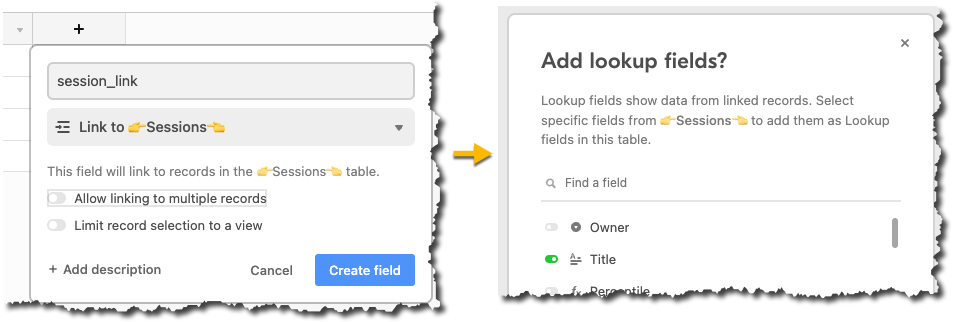
To Howie, the distinction lies in the time horizon upon which teams make bets. Related read: Building a System for Growth There isn’t an easy answer.Īfter all, Howie said, “isn’t the whole product team really about driving growth by building better functionality that helps unlock more value for creators-and therefore attracts more of them, helps more of them succeed, and helps more of them build awesome things that inspire even more creators?” This is true for all companies, but is especially critical for those with a bottom-up approach when you lead with your product experience, that experience has to be exceptional.Īt Airtable, this interrelation between product and growth has raised questions about which teams get the “growth” label. With user expectations rising ever higher, providing a smooth and valuable product experience is a non-negotiable part of fueling and maintaining growth. At Airtable, they’re taking a first principles approach to figure out the best way to factor more traditional sales into a bottom-up viral loop. The important thing is to avoid binary thinking that says a distribution model must be either top-down or bottom-up. … There’s real value to consulting with somebody and understanding how you get the most out of Airtable.” It’s not just about extracting revenue from these customers with sales-it’s also about adding value. “But at the same time,” he continued, “we can elegantly insert a sales motion into that flow. And that’s a really, really important viral loop that we want to double down on and perpetuate.” “We get this compounding growth because of the bottom-up adoption model where the active users of Airtable attract more active users by inviting them directly into the product and also just by word-of-mouth. Howie explained what that could look like at Airtable: Hybrid strategies are emerging in companies like Slack, Zoom, Dropbox and Atlassian, where teams are learning to leverage the best parts of both adoption models. The solution, says Howie, is to hybridize by layering in sales and high-touch strategies.
AIRTABLE CHANGE PRIMARY FIELD HOW TO
Related read: How to Pair Sales and Self-Service for Maximum Impact A low-touch approach, combined with a broad platform, means that you can lose or under-serve customers with more complicated use cases who might need extra help getting started. Yet self-service is not without its drawbacks. When a product serves such a huge set of diverse use cases, assigning a sales rep for every one is simply not a scalable strategy. We had spent a lot of time and energy making Airtable collaborative by default… And so I think if there was a pivot at all in the history of the company, it was really just switching gears and saying: “Hey we wanted to get here this whole time and now we have an opportunity to just go directly after those B2B, team-centric, bottom-up use cases right away.”” The pros and cons of self-serviceĪ self-serve approach makes sense for a horizontal platform like Airtable. “We always knew that we would be a team-centric product. Thankfully, this plot twist was a welcome one. But after launch, they realized that their best, most viral adopters weren’t individuals but teams. At that time, the Airtable team believed that in order to get B2B adoption, they needed to start with the individual consumer. When Airtable launched in 2013, their best role models were Dropbox and Evernote, both products that began as consumer-first before bridging into enterprise. Within a bottom-up approach, there are gradients. It was table stakes for us to make this product actually good enough and easy enough to use-yet powerful enough to convince end users themselves to invest not just the money but, more importantly, the time and behavioral change effort to go and build on Airtable.” If we, we wouldn’t have had resources or credibility to go up against the existing top-down, low-code enterprise platforms. “It was necessary to make Airtable a bottom-up, self-serve product. In a recent episode of the BUILD Podcast, Howie explained that this wasn’t just a philosophical choice-it was a foundational assumption about how Airtable could win against existing enterprise solutions. Bottom-up from the beginningįrom the start, Airtable was built as a self-serve B2B product that could be adopted from the bottom up. Until then, the company is sticking by a consultative approach that better complements their self-serve product. That may change one day, says CEO and founder Howie Liu-but only if the team can figure out an approach to outbound that adds real value to the customer experience.

There’s no place for outbound sales in Airtable’s distribution model.


 0 kommentar(er)
0 kommentar(er)
